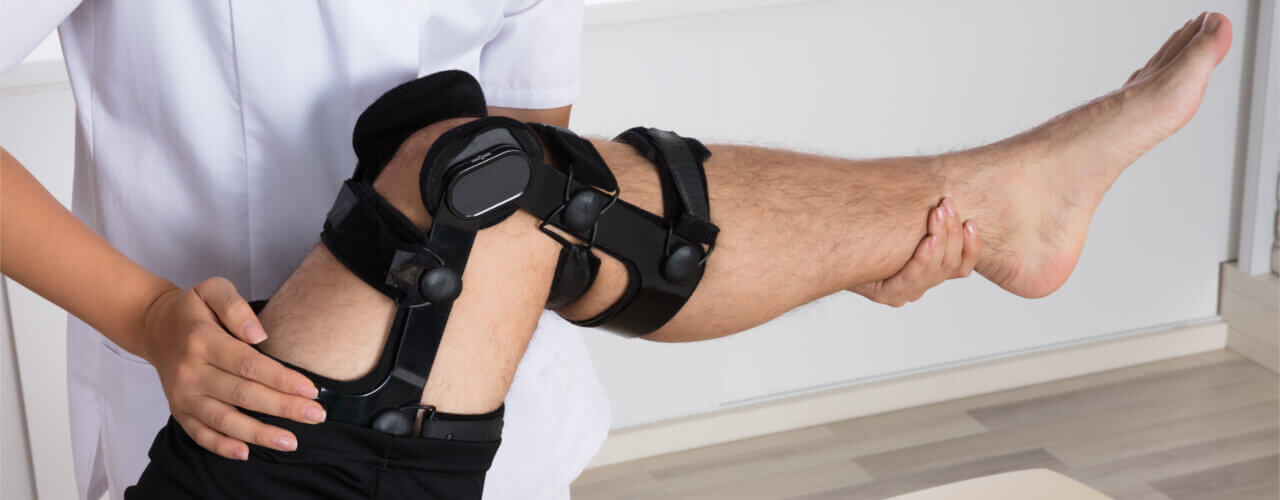Being told you need surgery is one of the most stressful experiences a person can have. Thousands of questions seem to go through your mind all at once. Will surgery fix your problem? How will you react to anesthesia? Will you be in pain? What will recovery be like? Fortunately, post-surgical rehabilitation is one of the best ways to ensure a positive outcome after surgery. Working with a physical therapist can help you regain your mobility, improve your strength and flexibility and help you recover more completely after your procedure. To find out how post-surgical rehab can help you, call us today to schedule a personal consultation.
What is Post-Surgical Rehabilitation?
Deciding to have surgery is only the first step in your recovery after an injury or chronic condition. Once the last stitch has been placed and the anesthesia has worn off, the real work begins with post-surgical rehab. First, a physical therapist will usually assess your movement, range of motion, strength, and balance within 24 hours of surgery. This process is especially important when having a total joint replacement as it helps prevent scar tissue build up once the surgery is complete. Next, your physical therapist will create a plan for post-surgical rehab that will include periodic evaluations to see how far you have progressed. One common misconception about the process is that all physical therapy happens in an office. In reality, a lot of what you will do as a part of your treatment plan will take place at home as you stretch, perform exercises and use pain relieving techniques to help speed your recovery along.
Why Do I Need Post-Surgical Rehabilitation?
Wouldn’t it be nice to go straight from the hospital back to your normal life? Unfortunately, this is simply not the case after most surgical interventions. Any time a surgeon operates, there is trauma to the skin, muscles, tendons, ligaments, and in some cases bones of your body. As a result, your immune system begins to work on repairing any damage that has happened. If you simply have surgery and ignore the area, this process can result in painful scar tissue build up that limits your strength and ability to move the affected area. Once scar tissue has formed, physical therapy is more painful and difficult than it would have been just after surgery. In fact, studies have shown that the sooner physical therapy can begin after surgery, the better the outcome for the patient.
Post-surgical rehab has also been shown to:
- Speed healing of an incision
- Increase blood flow
- Reduce post-surgical pain
- Strengthen surrounding muscles
- Prevent further injury
How Long Does Post-Surgical Rehab Take?
The simple answer is, “It depends.” The extent and location of your surgery and how well you tolerate therapy will play a part in determining how long your rehab process takes. However, the biggest determining factor in the length of your rehab is you. Your commitment to physical therapy and your compliance with your therapist’s instructions will greatly influence the length of your rehabilitation. You may need therapy more frequently as you go through the initial recovery phase and less frequently as you progress through your treatment plan. How fast you progress is up to you.
Why Physical Therapy Works
A physical therapist is an expert in movement. These highly skilled health care professionals can accurately assess a patient’s mobility and range of motion, uncover any limiting factors and create customized treatment plans to help you regain your strength, balance, and endurance. They can also teach patients how to manage their condition including how to manage pain after surgery – something that is a primary concern for most people. Best of all, a physical therapist gives you the tools to maintain a healthy, active lifestyle long after you have completed any post-surgical rehab program.
If you are planning on having surgery, contact us about your rehabilitation process. Visit us today at Secaucus, NJ.






